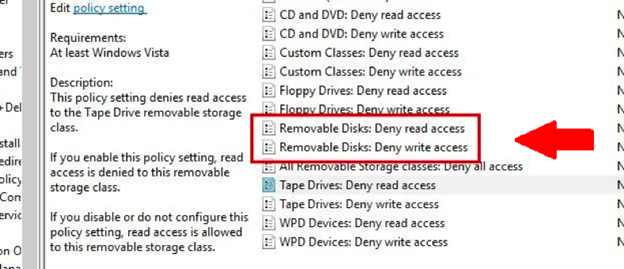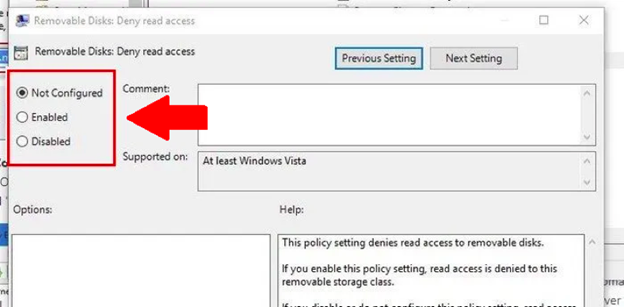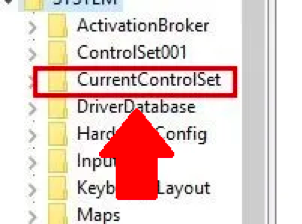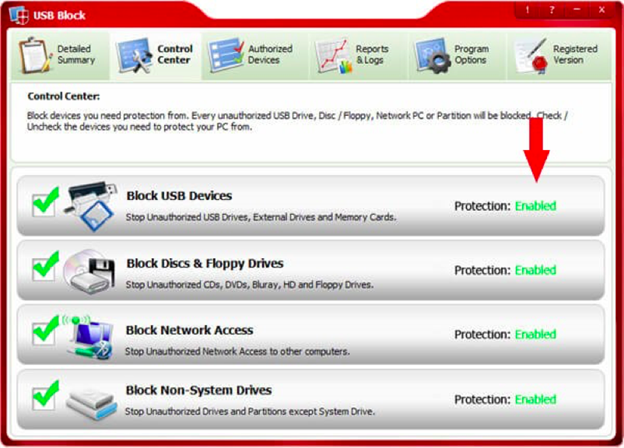Have you ever thought about blocking USB drive from accessing your PC? In this article, I will discuss how to block/allow USB drives. When it comes to data protection, we need to ensure that the data is not stolen away or accessed by unauthorized people. Having a USB Port is just simply great because you can store a lot of gadgets on that. But what if one of those devices is a key logger? You won't want that thing recording your every move.

Do you know that you can block the USB port on your computer so that it cannot read USB devices? By blocking the USB port, the use of flash disks, USB mouse, USB keyboard, scanner, printer, etc., will be disabled to prevent unwanted malware or virus.
Many people think that antivirus, firewall, and spam filters are more than enough to defend against foreign attacks. Those three things indeed will work against online attacks. But, what can be done when someone brings a flash drive and connects it to your computer? They will just easily grab all the important data and information from your computer.
The case above is the exact reason why blocking USB devices can be useful for you. You must know how to do it, especially when you want to protect your computer from unwanted users who want to bring harmful viruses to your computer or maybe want to steal your important data.
So, now we will tell you how to block the USB port on your computer. You will find three easy to follow methods in this article, which uses the devices manager, registry editor, and an app called USB Block.
Block USB Port Using Device Manager
- To deny access to the USB port using the device manager, you will need to run gpedit.msc.
- On the left tab, open Computer Configuration, then Administrative Templates.
- Under the Administrative Templates, select System, then click Removable Storage Access.
- Under Removable Storage Access, you will find new options on the right pane.
- Look for two options here, “Deny write access” and “Deny read access.”

- Do this step on the two options. Click on one option, and you will see a new window. Click Disable on both options to disable access to the USB port.

Block USB Port Using Registry Editor
- To deny access to the USB port using the registry editor, you will need to run Regedit.
- When the Registry Editor appears, find HKEY_LOCAL_MACHINE and click it.
- Under the HKEY_LOCAL_MACHINE, select SYSTEM, then click on CurrentControlSet.

- Now, under the CurrentControlSet, select Service Folder and then choose the USBTOR option. Next, click the Start option, and a new window will appear.
- In this new window, set the value data to “4” to block the USB port. The next time you want to unblock the USB port, set the value back to “3”.
Block USB port using USB Block
Using the USB Block is probably the easiest and least risky method to block the USB port. With this application, you don’t need to use Device Manager and Registry Editor and risk yourself from choosing the wrong setting and changing the wrong registry.
Here are the steps to block a USB port using the USB Block:
- Install the USB Block application. You can download the program from “https://www.newsoftwares.net/usb-block.”
- Run the application.
- For the first run, USB Block will ask you to make a master password. Make sure you set a unique and easy to remember password.
- Go to Control Center tab to control whether you have blocked the USB port or not. By default, when you run the USB Block and the application will block your USB port.

Final Words
As mentioned above, blocking the USB ports using the three methods is fairly simple. However, the fastest and most convenient way is using the USB block since it only requires quick steps. This app also works on other types of ports such as floppy drives, network drives, and other non-system drives.
Summary: Block USB Port on Windows
- Open Group Policy Editor in Windows 10 by going to the Search box and typing in gpedit.msc or searching for it manually under Control Panel\All Control Panel Items\Administrative Tools
- Once inside Group Policy Editor, navigate down to User Configuration > Administrative Templates > System > Removable Storage Access
- In the right-pane of Removable Storage Access, double-click on All Removable Storage classes: Deny all access policy.
- Now select Enabled, and then click on Apply button followed by OK button.